Blue Stream was shut down on July 1 due to the annual scheduled maintenance of the gas pipeline. It was supposed to take 96 hours, but in fact took just 72.
The gas release procedure was initiated at the Krasnodarskaya compressor station (CS) early in the morning. Sergey Kozlov, shift engineer, is at the valve node.
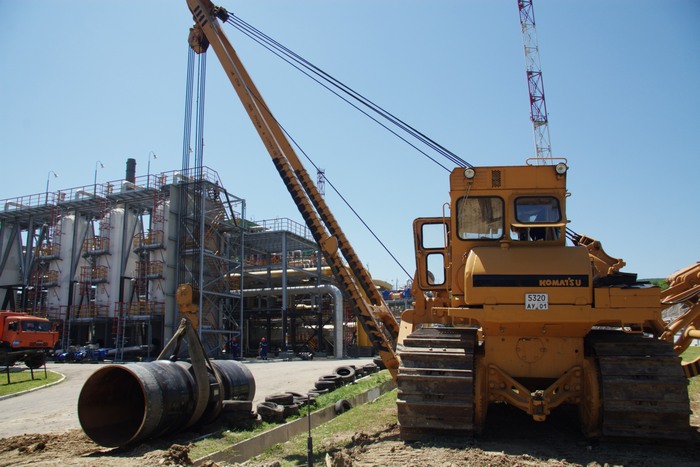
The works suppose checking the condition of valve nodes, ventilation systems, line part supports, as well as replacing compressor plant valves… These procedures have been prepared for during a few months.
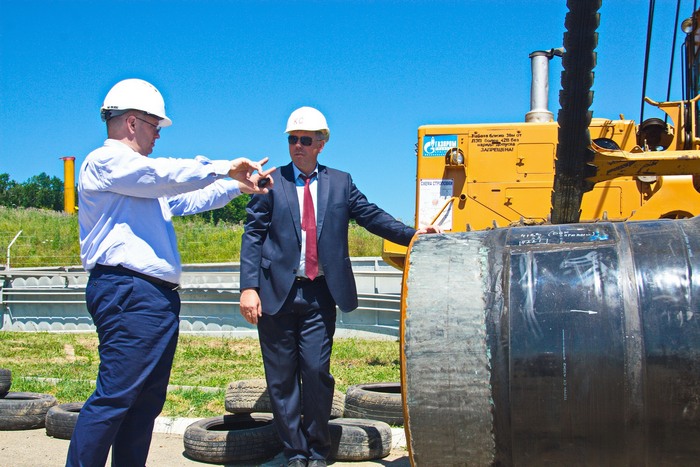
Sergey Suslikov, Chief Engineer of Gazprom Transgaz Krasnodar and Sergey Shablya, Deputy Director General for Production, are supervising the work progress.
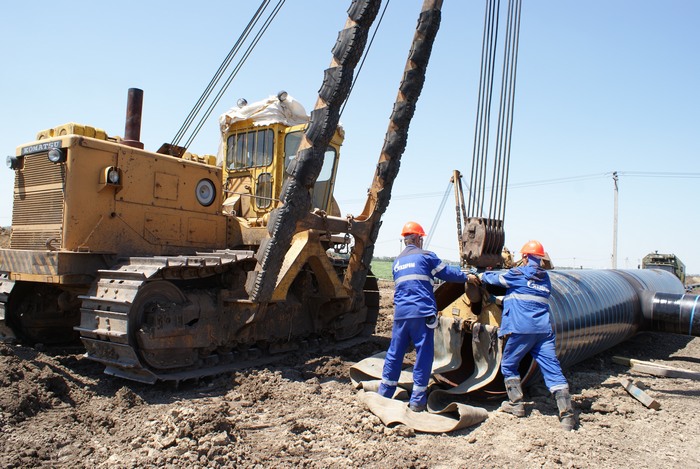
The work is in full swing at the line part adjacent to the Kubanskaya CS.
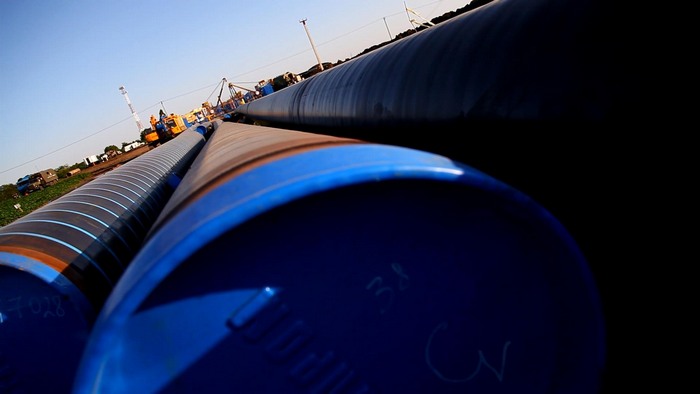
This pipe is to be stretched for nearly 60 kilometers connecting two strategic gas pipelines, i.e. Blue Stream and Southern Corridor. The pipe laying is scheduled for the near future, and meanwhile…
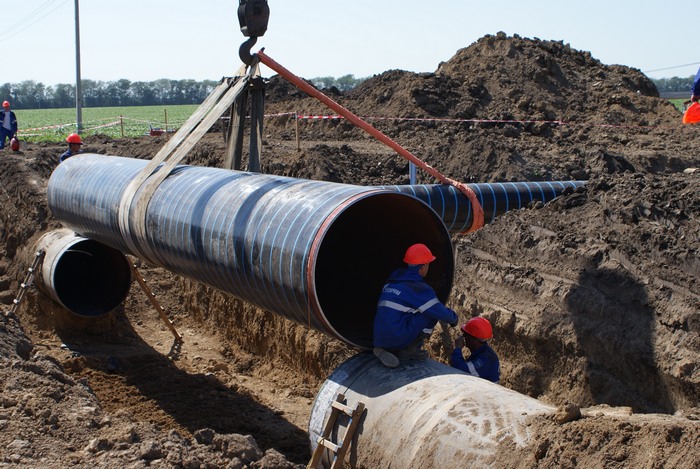
…the preparations have to be done, i.e. cutting-in two T-joints into the gas main nearby the Kubanskaya CS for further interconnection.
Such an interconnection is going to make the gas transmission system (GTS) more flexible.
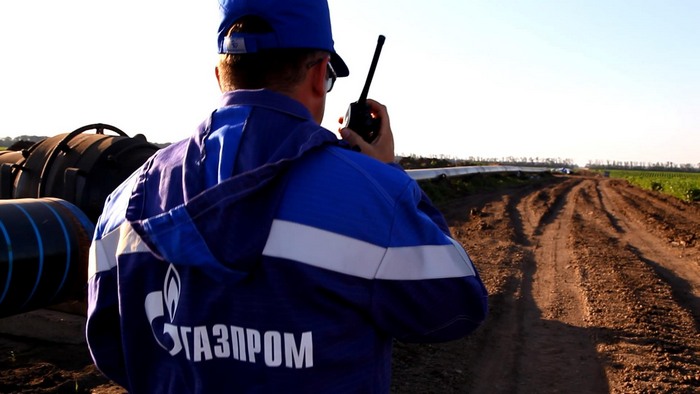
It is not easy to cut-in a T-joint, but Alexander Maslennikov, Chief Engineer of the Berezanskoye Line Pipe Operation Center, keeps everything under control.
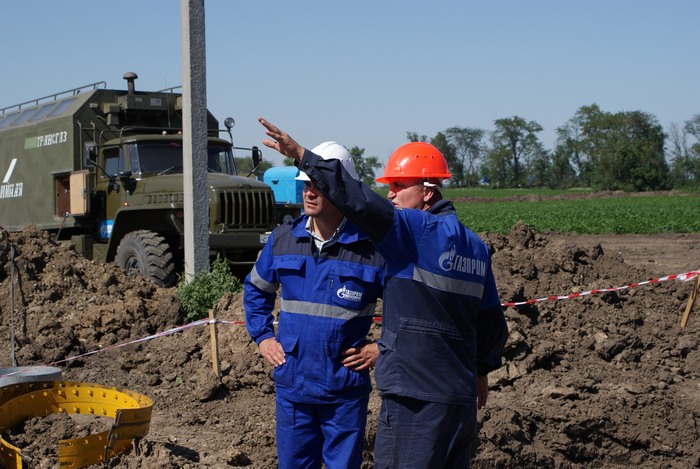
Sergey Melnikov, Deputy Head of Emergency Services Site No.3, and Vasily Sinelnikov, pipeliner of the Berezanskoye Line Pipe Operation Center, are making an assessment of the situation.
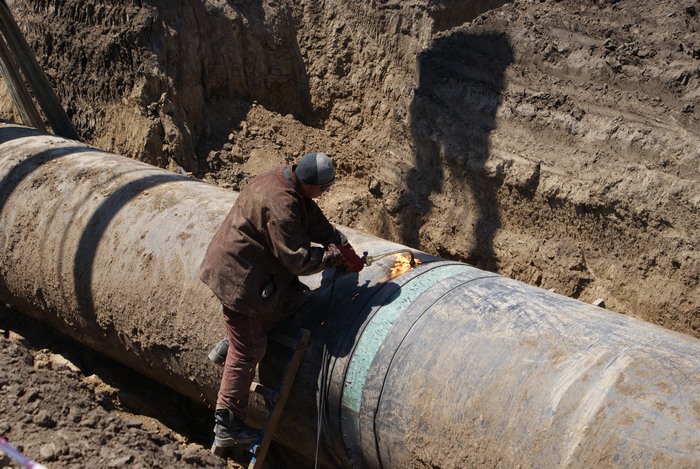
A pipeliner is an occupation requiring tenacity. They are in charge of the pipe preparation for welding. Viktor Ostroukh, foreman of Emergency Services Site No.3, is a Jack of this trade.
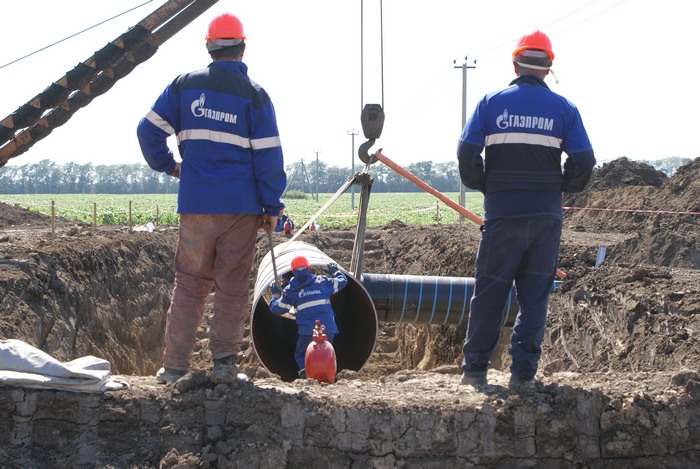 The next challenge is mounting two T-joints.
The next challenge is mounting two T-joints.
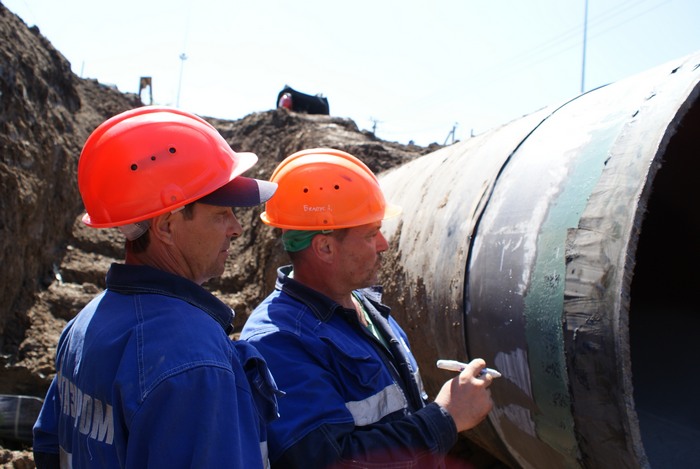
The pipe diameter is 1,420 millimeters; the wall thickness is 18.7 millimeters. It is strange enough, but such dimensions require a delicate approach. A high-grade welding needs the joint gap not exceeding 3.5 millimeters.
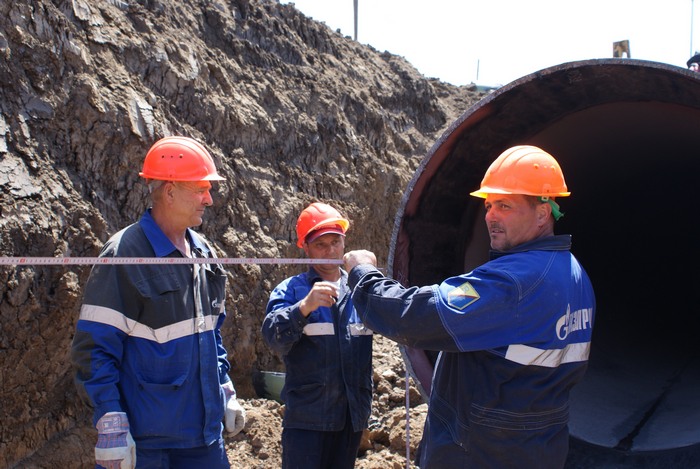 Another complication is ‘catching’ the pipe – it extends in the midday being heated by the sun and contracts back in the evening. Sergey Alentiev, Vasily Baranichenko and Andrey Belous, experts of Emergency Services Site No.4, proceeded to this challenge.
Another complication is ‘catching’ the pipe – it extends in the midday being heated by the sun and contracts back in the evening. Sergey Alentiev, Vasily Baranichenko and Andrey Belous, experts of Emergency Services Site No.4, proceeded to this challenge.
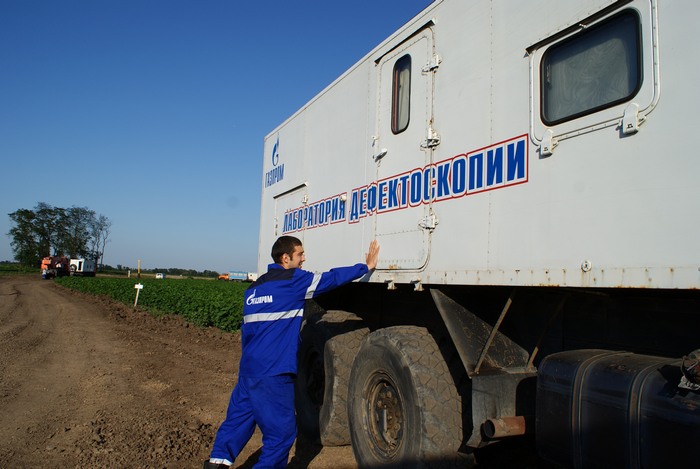 The experts for welding quality control lab are patiently waiting nearby. Eduard Bely, flaw detection expert, has just examined the equipment.
The experts for welding quality control lab are patiently waiting nearby. Eduard Bely, flaw detection expert, has just examined the equipment.
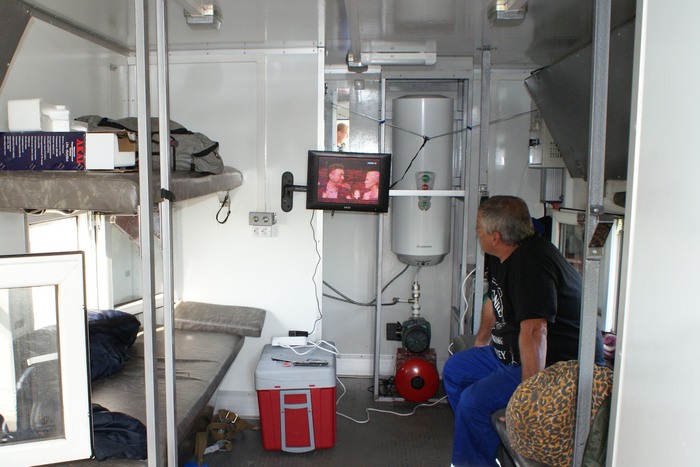 The wheeled house – a mobile flaw detection lab – is small, but cosy.
The wheeled house – a mobile flaw detection lab – is small, but cosy.

The pipe and the T-joint are ready, now comes the welders turn. Yury Misevrin, pipeliner, and Vladimir Manchenkov, welder, are discussing the matter before the welding process starts.
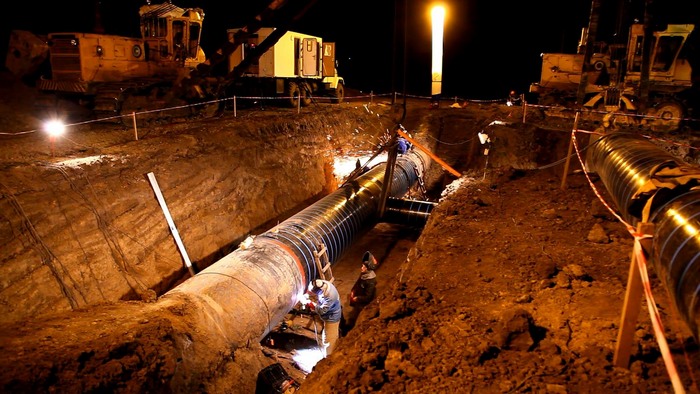 Hot works (as gasmen call the welding process) started at night.
Hot works (as gasmen call the welding process) started at night.
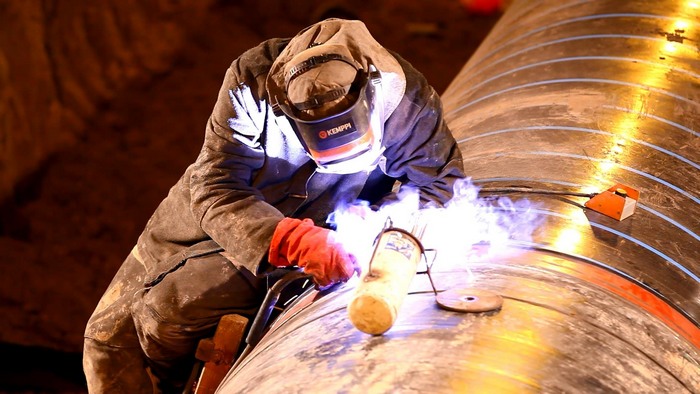 Time is tight. The work should be done within the schedule.
Time is tight. The work should be done within the schedule.
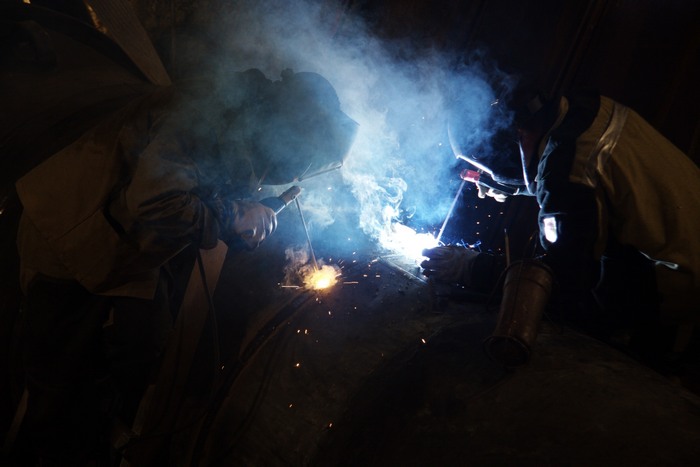 The welding process looks magic through the lens in the night.
The welding process looks magic through the lens in the night.
 But the weld joint dressing is much more spectacular.
But the weld joint dressing is much more spectacular.
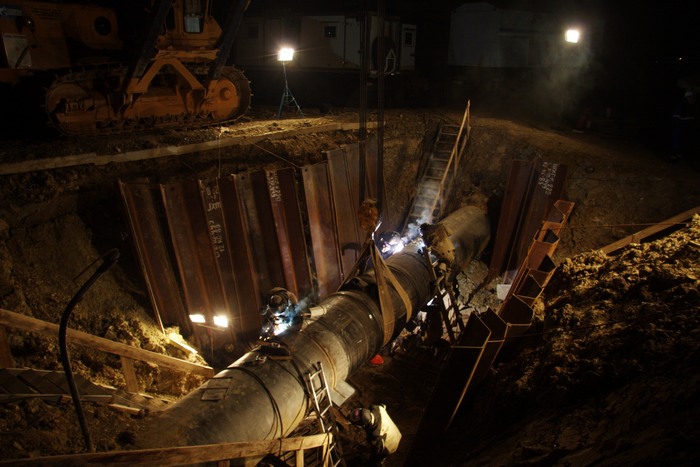 The pipe of such a diameter is welded by four welders.
The pipe of such a diameter is welded by four welders.
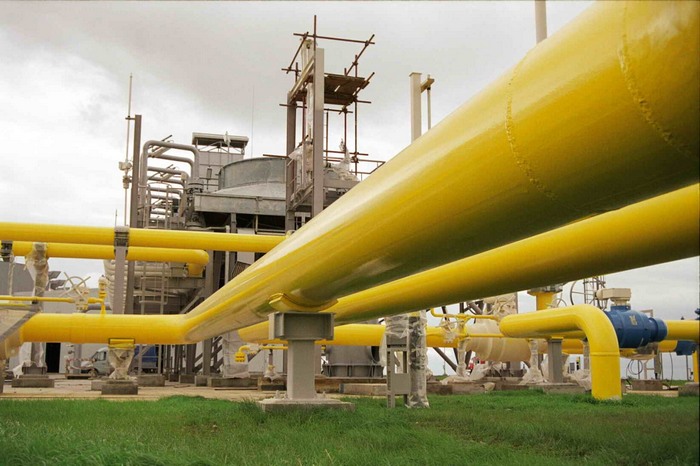 Gas supplies to Turkey via Blue Stream were resumed on July 4 at 9:00am (Moscow time).
Gas supplies to Turkey via Blue Stream were resumed on July 4 at 9:00am (Moscow time).
Author: Olga Posadskaya, Valery Gall, Maxim Murzinov, Tatiana Zezyulina (Gazprom Transgaz Krasnodar) and Gazprom website Editorial Board







